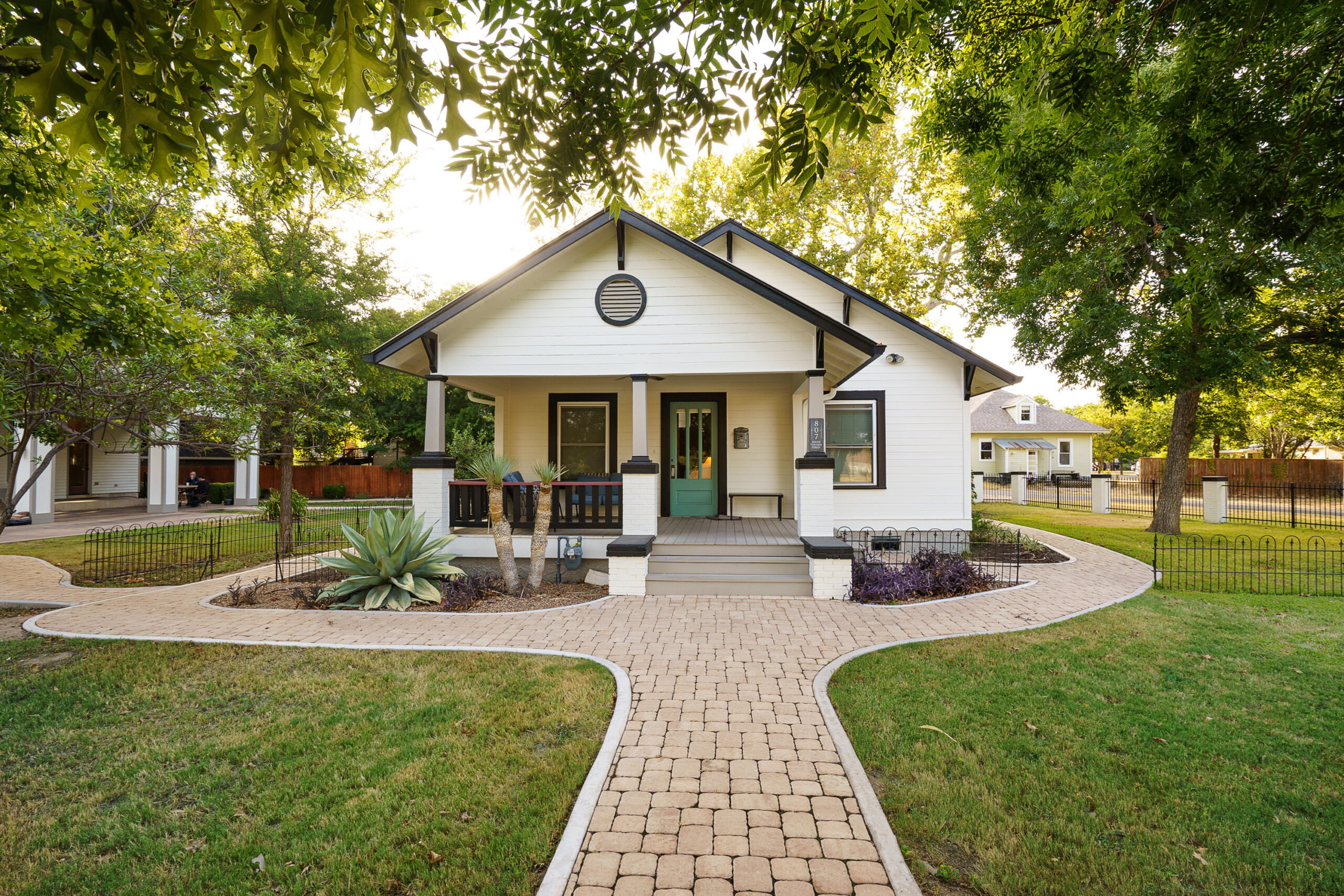Psychotherapy Options for BPD
Psychotherapy is a cornerstone in the management of borderline personality disorder, especially for women. The therapeutic journey often involves exploring one’s emotional and cognitive landscapes to foster healthier behavior patterns. At Alta Loma, we’ve seen profound improvements through therapies like Dialectical Behavior Therapy (DBT) and Mentalization-Based Therapy (MBT).
Dialectical Behavior Therapy (DBT) is particularly effective for women with BPD who struggle with self-harming behaviors. This therapy emphasizes the balance between acceptance and change. DBT sessions, often a blend of individual and group therapy, help patients develop practical skills for managing distress. We focus on emotional regulation and interpersonal effectiveness, allowing our clients to navigate relationships more positively.
Mentalization-Based Therapy (MBT) offers a different angle. It targets the ability to understand one’s own and others’ mental states. By enhancing mentalization skills, individuals can better manage intense emotions and impulsive reactions. At Alta Loma, we’ve observed that a robust MBT program can significantly decrease tendencies toward self-destructive behavior.
- Both DBT and MBT require commitment over months, sometimes years.
- Group sessions provide peer support, a critical component for many patients.
- Therapists are trained to adapt techniques to individual needs.
How Can Community Support Systems Help?
Community support systems are vital in the sustainable recovery of women with BPD. At Alta Loma, our approach involves integrating clients into therapeutic communities, which can foster a sense of belonging and provide a safe space for expressing emotions.
Clients participate in activities ranging from household chores to recreational games, helping them build life skills. They also engage in regular community meetings, encouraging social interaction and emotional growth. Importantly, these communities operate democratically, empowering individuals to participate in decision-making processes.
These environments are not just therapeutic but also educational. They teach participants how to engage constructively with others, setting boundaries and understanding social cues. Many women find this to be a crucial step in their journey toward healing.
Art Therapy in BPD Treatment
For women who find verbal communication challenging, art therapies provide an alternative path to healing. Art, drama, and dance movement therapies at Alta Loma allow individuals to explore their emotions through creativity. This non-verbal mode of therapy taps into subconscious feelings and encourages self-expression in a safe environment.
Participants create art as a means to articulate complex emotions and thoughts. Whether through painting or sculpture, the process becomes a dialogue between the individual’s internal experiences and external expression. Trained therapists are on hand to guide clients as they interpret their creations, often revealing insights that might otherwise remain hidden.
Weekly sessions blend activities with reflection, offering women a chance to explore their identities without judgement. Our team has found that this form of therapy not only aids in emotional release but also boosts self-esteem and self-awareness.
What Are Effective BPD Treatments for Women?
Effective treatments for BPD in women often involve a combination of therapies that address both psychological and social needs. At Alta Loma, we prioritize a multi-faceted treatment strategy to ensure comprehensive care.
- Initial Assessment: A thorough evaluation of mental and emotional health to tailor a personalized treatment plan.
- Team Collaboration: Involving a team of healthcare professionals including psychologists, psychiatrists, and social workers to deliver coordinated care.
- Therapeutic Interventions: Utilizing DBT, MBT, and other psychotherapies to address emotional regulation and thought patterns.
- Medication Management: Carefully monitored use of medication if comorbid conditions exist, such as anxiety or depression.
- Community Programs: Engaging clients in therapeutic communities to enhance social skills and support networks.
These steps are integral in managing BPD symptoms and promoting long-term wellness. Our holistic approach often leads to transformative changes, seen in improved relationships and emotional stability.
Crisis Management Techniques for Women with BPD
Crises are an unfortunate reality for many women with borderline personality disorder. At Alta Loma, we emphasize proactive crisis management to mitigate risks. Having a robust crisis plan is crucial.
Our strategies include creating a list of emergency contacts, such as our community mental health nurses and crisis resolution teams. These contacts provide immediate support during a severe emotional episode. Sometimes, short-term medication may be necessary to stabilize mood.
Psychiatric Care: When symptoms are acute, hospitalization may be required. We offer this as a temporary solution, ensuring it’s only considered when absolutely necessary to protect the individual’s well-being. Most of our clients find comfort in knowing they have a safety net in place, reducing anxiety related to potential crises.
We also encourage daily self-care practices, such as mindfulness and journaling, to help manage stressors that could lead to a crisis. Our approach ensures that women with BPD have the tools they need to handle challenges effectively.
Medical Approaches to BPD
Although there’s no specific medication approved for BPD, we understand its role in managing supplementary conditions like depression or anxiety. At Alta Loma, we carefully assess the potential benefits of medication, always prioritizing the client’s overall health.
Mood stabilizers or antipsychotics may be prescribed, but only when absolutely essential. Our philosophy is to combine medication with intensive psychotherapy to maximize outcomes. By integrating medical treatments with holistic care, we provide a supportive framework for each individual’s unique needs.







